Cleveland Indians Head Team Physician talks sports medicine

Mark Schickendantz, MD, is in his 26th season as Head Team Physician for the 2016 American League champions, the Cleveland Guardians. He is also Director of the Center for Sports Health at Cleveland Clinic. Here, Dr. Schickendantz discusses changes in care, what’s different about elite athletes, the quiet room, what makes being a team physician great, and more.
Cleveland Clinic is a non-profit academic medical center. Advertising on our site helps support our mission. We do not endorse non-Cleveland Clinic products or services. Policy
DESCRIBE YOUR CLEVELAND GUARDIANS MEDICAL TEAM.
The Head Athletic Trainer used to oversee everything. Now the Senior Medical Director, a relatively new position in baseball, manages the administrative side of medical care. He and I work side-by-side to organize care for the players. We have athletic trainers, physical therapists, a strength conditioning coach and nutritionists. We also have a wonderful compliment of alternative or non-traditional medical providers. We have had an acupuncturist for several years now and we offer chiropractic care and massage therapy.
On the physician side, we have a large group, including four surgeons, a medical provider and a primary care sports medicine physician. The beauty of working at Cleveland Clinic is having access to some of the best subspecialists in the world for anything you can imagine. We’ve got an extensive list of consultants who we work with regularly.
WHAT’S CHANGED OVER THE YEARS?
Our diagnostic capabilities have improved, and our understanding of the throwing athlete, in particular pitchers, has evolved. I think we’re better at what we do, and over the past five years, we have begun to operate less than we used to. But the most important change is our understanding that certain things in these athletes’ anatomy, in particular their shoulder and elbow, are necessary for them to do what they do, and if we over-correct them, it can be problematic. We’ve actually become more conservative.
If you look at an MRI of the shoulder of a professional baseball player, there are all sorts of things that are going to scare you to death. But they don’t bother him. In fact, they’re necessary for him to do what he does. If you change that, correct it, you’ve ruined him.
They’re wired differently and it’s remarkable to watch. It really is.
TELL US MORE ABOUT PREVENTIVE CARE IN THE PROS.
We take a holistic approach. We don’t just manage orthopaedic or medical needs, but players’ nutritional and psychological needs as well. During spring training, athletes have a lecture from a sleep expert. At Progressive Field (home of the Indians), we have a quiet room with comfortable chairs where the guys can take a nap. It’s amazing to walk into our athletic training room and see five guys with acupuncture needles in them.
We also offer nutrition services and cooking classes for significant others. If there are certain dietary restrictions, we understand that.
Physical examinations during spring training are amazingly complete. We do a very sophisticated visual analysis, a dental screening, anything you can possible imagine, we offer our guys. They get good total healthcare, not just injury care, and it’s very much a whole-body approach.
WHY DO YOU LOVE BEING A TEAM PHYSICIAN
It’s a very different style of practice, and yes, it is exciting. You’re certainly much more under the microscope when you’re dealing with pro athletes. When agents and coaches and others get involved, you just have to stick to the medicine and always do what’s right for your athlete, regardless of the background noise. Never ever bow to pressure from an outside source that is to the detriment of the health of the athlete. Ever. Even if it costs you your job. You have to be willing to do that.
Read more from Cleveland Clinic Sports Health about arm injuries and a variety of other topics. Learn more about Cleveland Clinic Sports Health Sideline Guideline app for iPhone or iPad.
Featured Image: Dr. Schickendantz with Indians First Base Coach Sandy Alomar Jr.

Rest is often not the best care for gamers’ overuse injuries
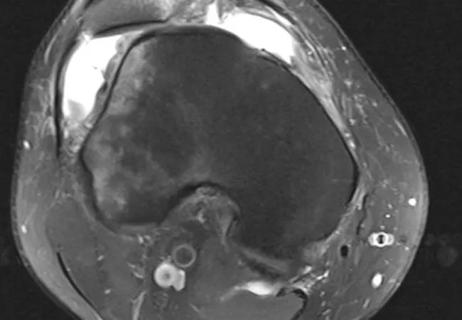
Computer simulation identifies causes of instability
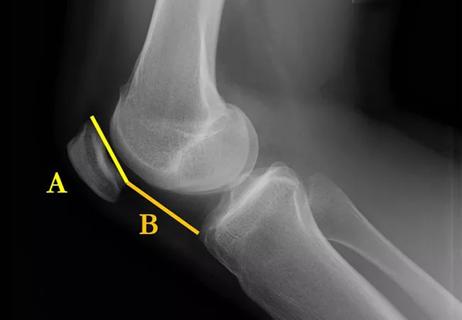
Youth and open physes are two factors that increase risk of recurrence
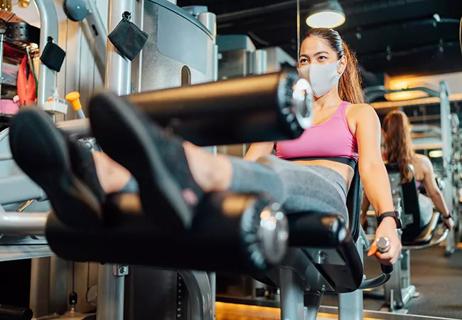
Study shows no difference in peak force, perceived effort or physiologic measures of exertion during strength testing
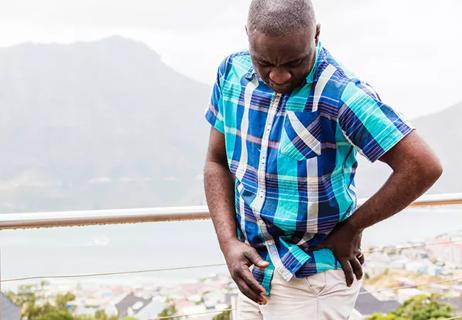
Study explores why Black patients are less likely than white patients to have MRI, surgery
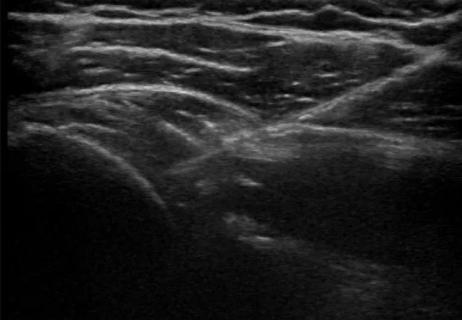
Innovative treatment combines brisement, nerve block and immediate physical therapy

Restorative procedures produce better outcomes and durability
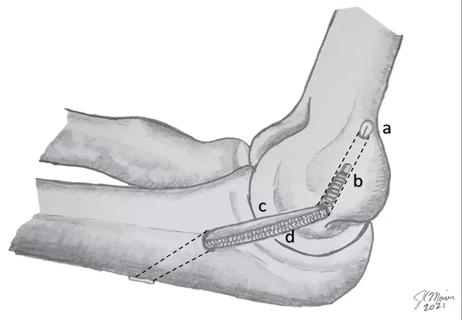
Studying elbow injuries in baseball pitchers leads to new injury classification and surgical technique